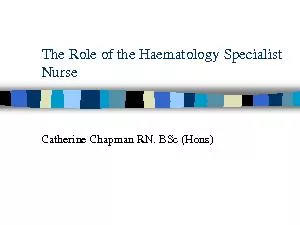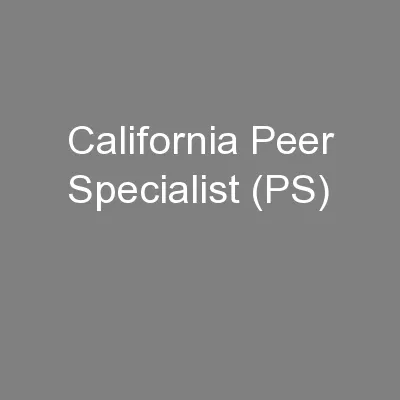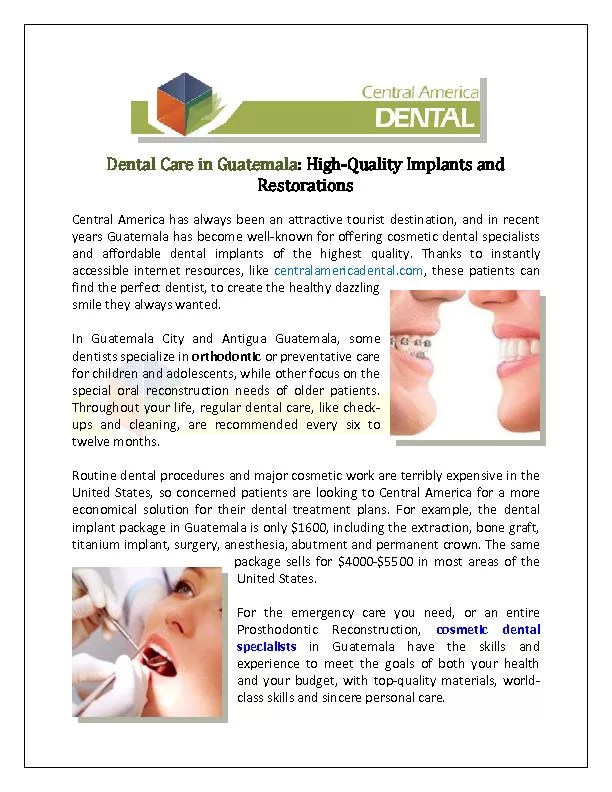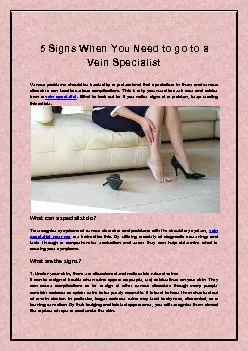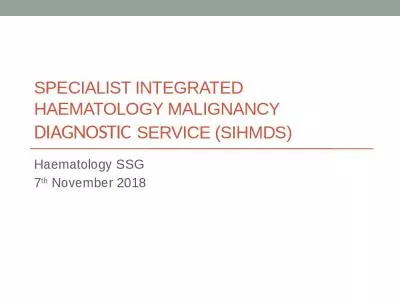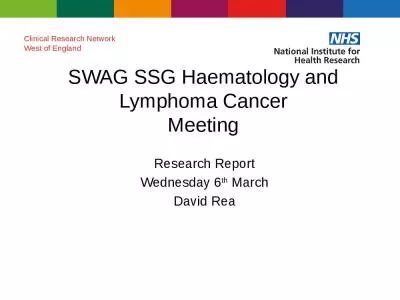PDF-The Role of the Haematology Specialist
Author : kittie-lecroy | Published Date : 2016-12-31
Nurse Catherine Chapman RN BSc Hons Key Roles xF06E Information xF06E Support xF06E Advice xF06E Patient advocate xF06E Education xF06E Coordination of care Information xF06E P
Presentation Embed Code
Download Presentation
Download Presentation The PPT/PDF document "The Role of the Haematology Specialist" is the property of its rightful owner. Permission is granted to download and print the materials on this website for personal, non-commercial use only, and to display it on your personal computer provided you do not modify the materials and that you retain all copyright notices contained in the materials. By downloading content from our website, you accept the terms of this agreement.
The Role of the Haematology Specialist: Transcript
Download Rules Of Document
"The Role of the Haematology Specialist"The content belongs to its owner. You may download and print it for personal use, without modification, and keep all copyright notices. By downloading, you agree to these terms.
Related Documents

